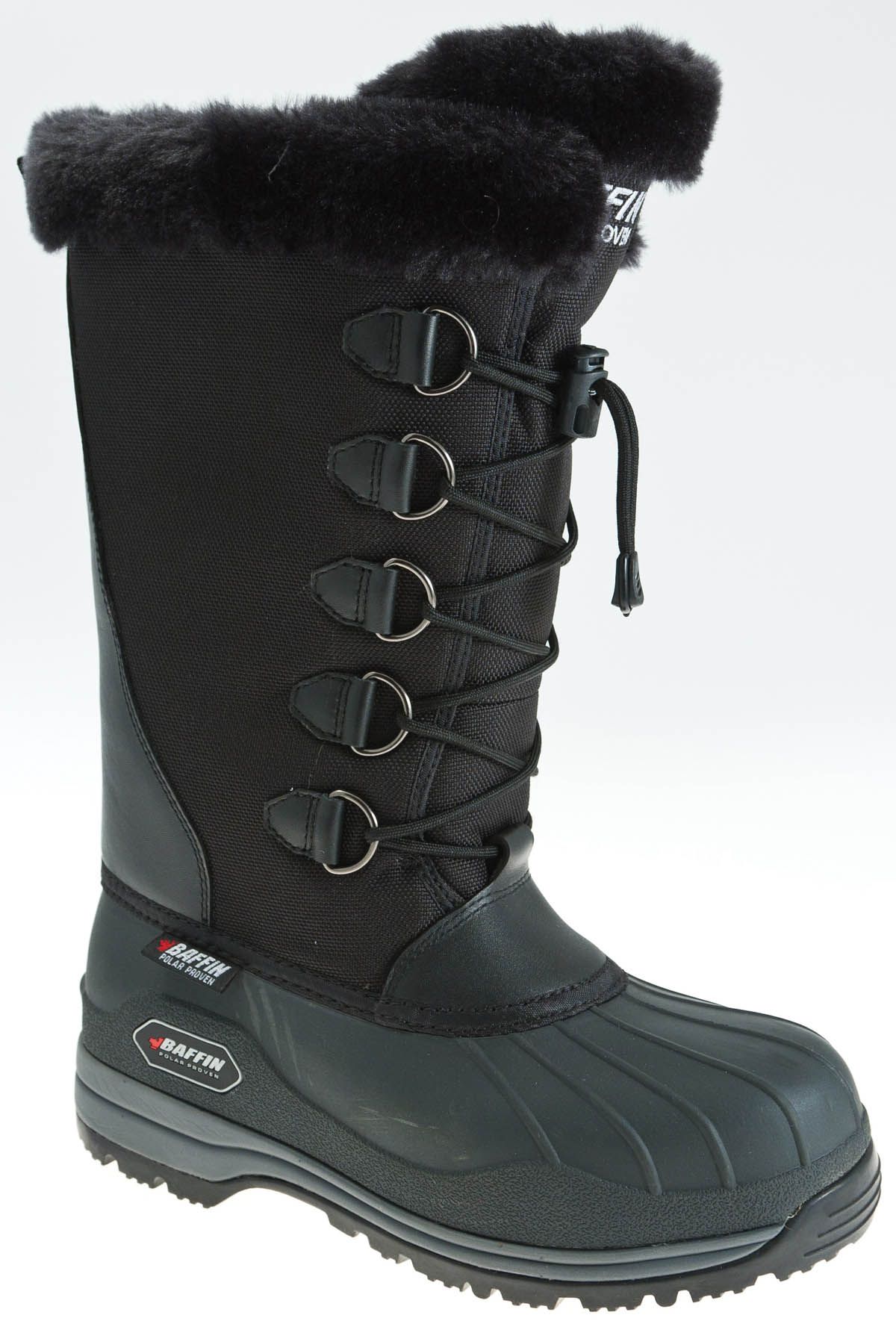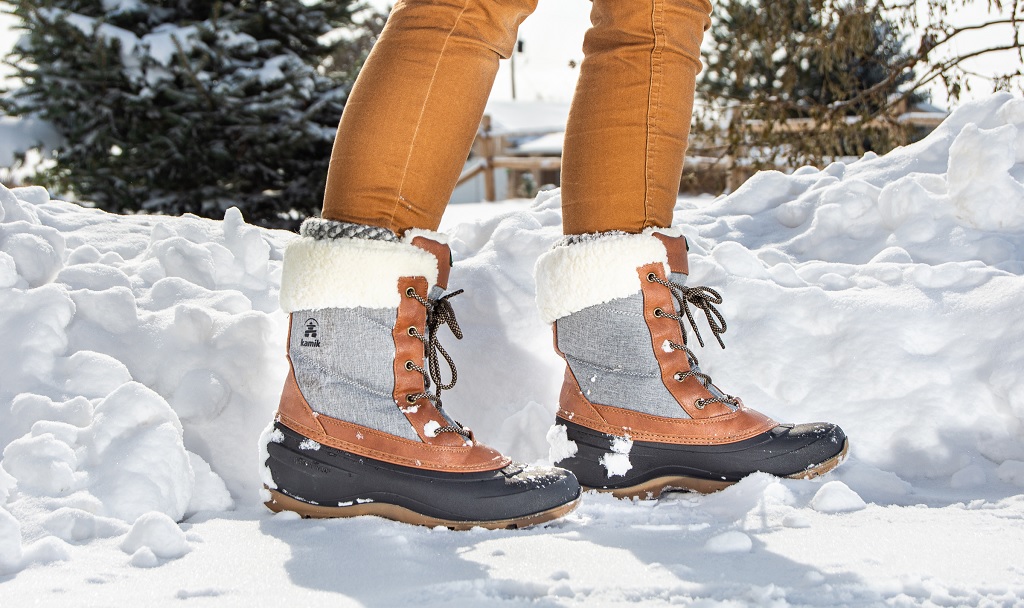Finding the Perfect Fit for Sub-Zero Temperatures
When it comes to braving the cold, having the right winter boots is crucial. Extreme cold weather poses significant risks to our health and safety, with frostbite and hypothermia being two of the most serious concerns. In temperatures below -20°C (-4°F), the risk of frostbite increases dramatically, and hypothermia can set in quickly if we’re not properly dressed. This is why it’s essential to invest in a good pair of women’s winter boots for negative temperatures. In this article, we’ll provide a comprehensive guide to finding the best women’s winter boots for negative temperatures, covering the essential features to look for, top-rated brands, and expert tips for wearing and maintaining them. By the end of this article, you’ll be equipped with the knowledge to choose the perfect pair of boots to keep your feet warm, dry, and safe in even the most extreme cold weather.
What to Look for in Insulated Winter Boots
When it comes to insulated winter boots, there are several key features to look for to ensure your feet stay warm and dry in extreme cold weather. One of the most critical features is waterproofing, which prevents moisture from entering the boot and keeps your feet dry. Look for boots with a waterproof membrane, such as Gore-Tex or similar technology, to ensure your feet stay dry in snowy or icy conditions. Breathability is another essential feature, as it allows moisture to escape from the boot, preventing the buildup of sweat and frostbite. Thermal insulation is also crucial, as it helps to retain body heat and keep your feet warm. Look for boots with insulation such as Thinsulate or PrimaLoft, which provide excellent warmth without compromising on mobility. By considering these key features, you can find the perfect pair of women’s winter boots for negative temperatures that will keep your feet warm, dry, and safe all winter long.
How to Choose the Right Boot Height and Style for Winter
When it comes to choosing the right women’s winter boots for negative temperatures, boot height and style are crucial considerations. The right boot height and style can make all the difference in keeping your feet warm and dry, while also providing the necessary mobility and comfort. Ankle boots, for example, are ideal for milder winter days and provide excellent mobility, but may not offer the same level of warmth and protection as taller boots. Knee-high boots, on the other hand, provide excellent warmth and protection, but may be less mobile and more restrictive. Over-the-knee boots offer the ultimate in warmth and protection, but may be the most restrictive in terms of mobility. When choosing the right boot height and style, consider the activities you’ll be doing, the terrain you’ll be on, and the level of warmth and protection you need. For example, if you’ll be engaging in outdoor activities such as skiing or snowshoeing, a taller boot with excellent ankle support may be the best choice. If you’ll be walking on icy sidewalks, a boot with a slip-resistant sole and good traction may be the best option. By considering these factors, you can find the perfect pair of women’s winter boots for negative temperatures that meet your specific needs and preferences.
Top-Rated Women’s Winter Boots for Negative Temperatures
When it comes to finding the best women’s winter boots for negative temperatures, there are several top-rated options to consider. Brands such as UGG, Sorel, and The North Face offer high-quality boots that are designed to keep feet warm and dry in extreme cold weather. The UGG Adirondack Boot, for example, features a waterproof membrane and 200g of insulation to keep feet warm in temperatures as low as -20°C. The Sorel Caribou Boot, on the other hand, boasts a rugged outsole and 100g of insulation, making it an excellent choice for outdoor activities such as snowshoeing or ice fishing. The North Face Thermoball Boot is another top-rated option, featuring a breathable membrane and 200g of insulation to keep feet warm and dry. When choosing the best women’s winter boots for negative temperatures, consider factors such as insulation, waterproofing, and breathability. Look for boots with a good balance of warmth, mobility, and protection, and don’t be afraid to invest in a high-quality pair that will last for seasons to come. By considering these top-rated options and factors, you can find the perfect pair of women’s winter boots for negative temperatures that meet your specific needs and preferences.
Staying Warm and Dry: Tips for Wearing Winter Boots in Extreme Cold
When wearing women’s winter boots for negative temperatures, it’s essential to follow best practices to stay warm and dry. One of the most critical tips is to dress for layering. This means wearing moisture-wicking base layers, insulating mid-layers, and waterproof outer layers to prevent moisture buildup. Additionally, consider wearing warm socks made of materials such as merino wool or fleece to keep feet warm and dry. Another crucial tip is to prevent moisture buildup inside the boots. This can be achieved by wearing breathable socks, using foot powder or spray to absorb moisture, and changing socks regularly. Furthermore, it’s essential to maintain boot performance by cleaning and conditioning them regularly. This can be done using a soft-bristled brush to remove dirt and debris, followed by a waterproofing treatment to protect the boots from the elements. By following these tips, you can ensure that your women’s winter boots for negative temperatures perform optimally, keeping your feet warm and dry in extreme cold weather.
Winter Boot Care and Maintenance: A Guide
To ensure that your women’s winter boots for negative temperatures remain in top condition, it’s essential to follow a regular care and maintenance routine. Start by cleaning your boots regularly using a soft-bristled brush to remove dirt and debris. For tougher stains, use a gentle cleaning solution specifically designed for winter boots. Next, condition your boots using a waterproofing treatment to protect the materials from the elements. This will help to maintain the boots’ waterproofing and breathability, ensuring that your feet stay warm and dry in extreme cold weather. Additionally, consider applying a waterproofing spray or cream to the boots’ uppers to provide extra protection. When storing your winter boots during the off-season, make sure to keep them in a cool, dry place away from direct sunlight. Use shoe trees or stuff the boots with paper to maintain their shape, and avoid stacking them on top of each other to prevent damage. By following these simple care and maintenance tips, you can extend the lifespan of your women’s winter boots for negative temperatures and ensure that they continue to perform optimally season after season.
Winter Boot Safety Features: What to Look for
When it comes to women’s winter boots for negative temperatures, safety features are just as important as warmth and comfort. One of the most critical safety features to look for is a slip-resistant sole. This can help prevent accidents and injuries on icy or snowy surfaces. Additionally, consider boots with reflective materials, such as reflective strips or accents, which can increase visibility in low-light conditions. Ankle support is also essential, as it can help prevent twists and sprains. Furthermore, look for boots with a rugged outsole that can provide traction on uneven terrain. Other safety features to consider include a waterproof and breathable membrane, a comfortable and secure fit, and a durable construction that can withstand harsh winter conditions. By prioritizing safety features in your women’s winter boots for negative temperatures, you can enjoy the winter season with confidence and peace of mind.
Conclusion: Stay Warm and Safe This Winter
In conclusion, finding the right women’s winter boots for negative temperatures is crucial for braving the cold weather. By considering the key features, such as waterproofing, breathability, and thermal insulation, and choosing the right boot height and style, you can ensure that your feet stay warm and dry. Additionally, following best practices for wearing and maintaining your winter boots, such as dressing for layering and preventing moisture buildup, can help prevent accidents and injuries. Remember to prioritize safety features, such as slip-resistant soles and ankle support, to enjoy the winter season with confidence. By following the expert guide outlined in this article, you can stay warm, safe, and stylish this winter. Whether you’re hitting the slopes or braving the daily commute, the right women’s winter boots for negative temperatures can make all the difference.








